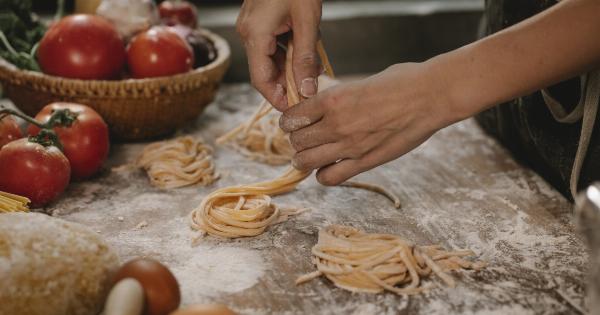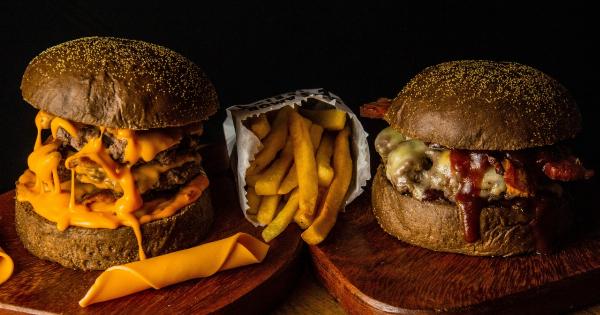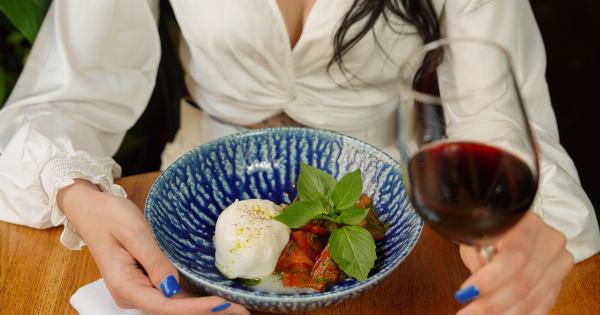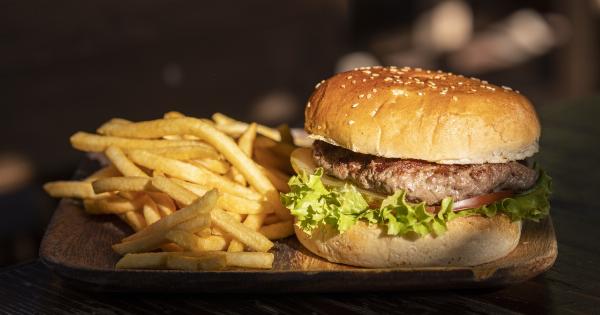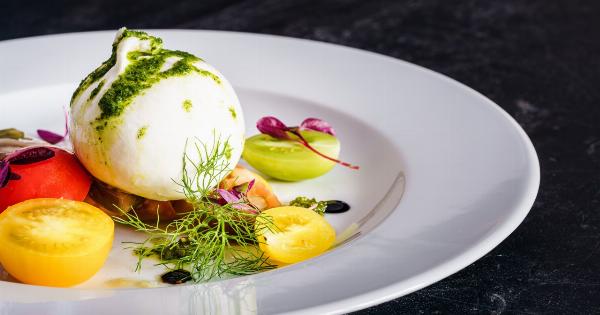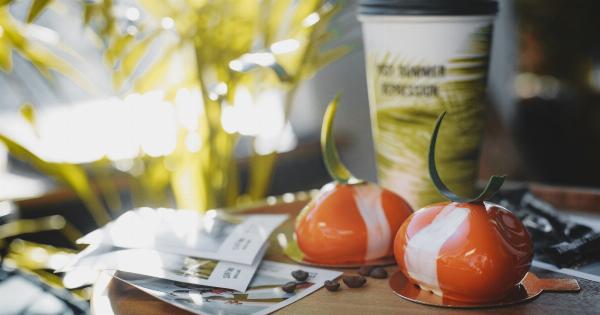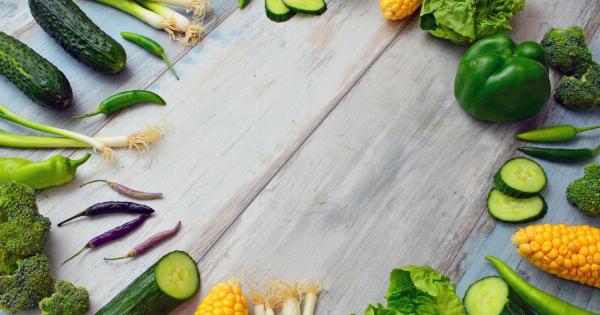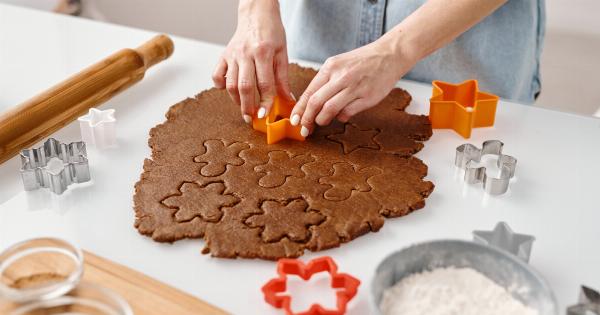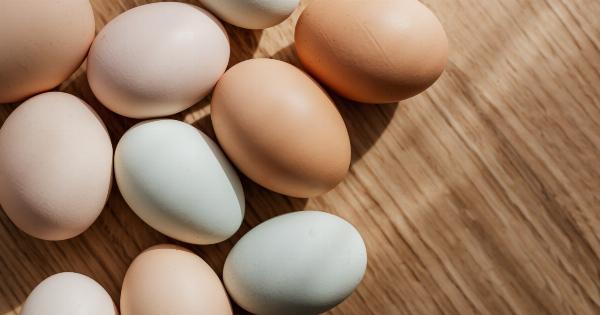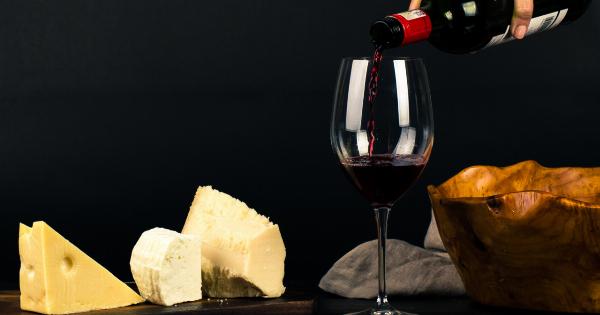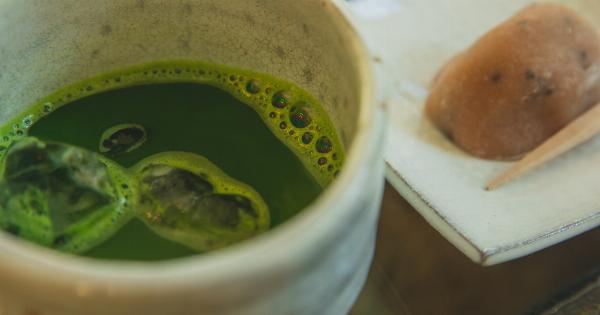Have you ever wondered why certain food and wine pairings work so well together? Or why some ingredients complement each other while others clash? Welcome to the art of food pairing, where flavors and textures join forces to create a culinary experience that is greater than the sum of its parts.
Understanding the Basics
Before we delve into the intricacies of food pairing, it is important to understand the basic principles that govern flavor combinations. Simply put, there are two primary factors to consider: similarities and contrasts.
Similar flavors and textures can be used to enhance each other, while contrasting elements can create balance and harmony.
Examples of Similar Pairings
One classic example of a similar pairing is tomato and basil. These two ingredients share a natural affinity, and are often used together in Italian cuisine.
Another example is chocolate and coffee, which both contain bitter notes that can be balanced by the sweetness in each other.
Examples of Contrasting Pairings
Contrasting pairings can be more challenging to master, but are often the most rewarding. One classic example is sweet and spicy, like honey glazed chicken with jalapeño.
The sweetness can balance out the heat of the spice, creating a complex and satisfying taste. Another example is creamy and crunchy, like macaroni and cheese with breadcrumbs. The smooth texture of the cheese can be offset by the crunch of the breadcrumbs, adding depth and interest to the dish.
The Role of Wine and Other Beverages
When it comes to food pairing, wine is often the first thing that comes to mind. A good rule of thumb is to match the intensity of the wine with the intensity of the food.
For example, a full-bodied red wine pairs well with a rich beef dish, while a light white wine complements a delicate fish dish.
However, there are many other beverages that can enhance a meal as well. Beer is a great option for spicy or salty dishes, while tea can be paired with sweet or floral flavors.
Cocktails can also be used to complement or contrast with the flavors in a dish.
The Importance of Texture
While flavor is often the primary focus of food pairing, texture is just as important. A dish with one texture can become monotonous, while a combination of textures can create a more dynamic experience.
For example, adding a crispy topping to a creamy soup can add depth and interest, while a crunchy salad can provide a contrast to a soft and savory main course.
Experimentation is Key
Ultimately, the best way to discover the secret taste is through experimentation. Don’t be afraid to try new combinations and see what works for you.
Keep in mind the basic principles of similarity and contrast, and remember that texture plays an important role as well. With a little bit of practice, you can become a food pairing master and create unforgettable culinary experiences for yourself and your guests.
Final Thoughts
Food pairing is both an art and a science, and mastering it can take time and practice.
However, with a basic understanding of flavor principles and a willingness to experiment, anyone can discover the secret taste and create memorable culinary experiences. So go ahead, try new combinations, and see what flavors and textures work together to create the perfect meal.




